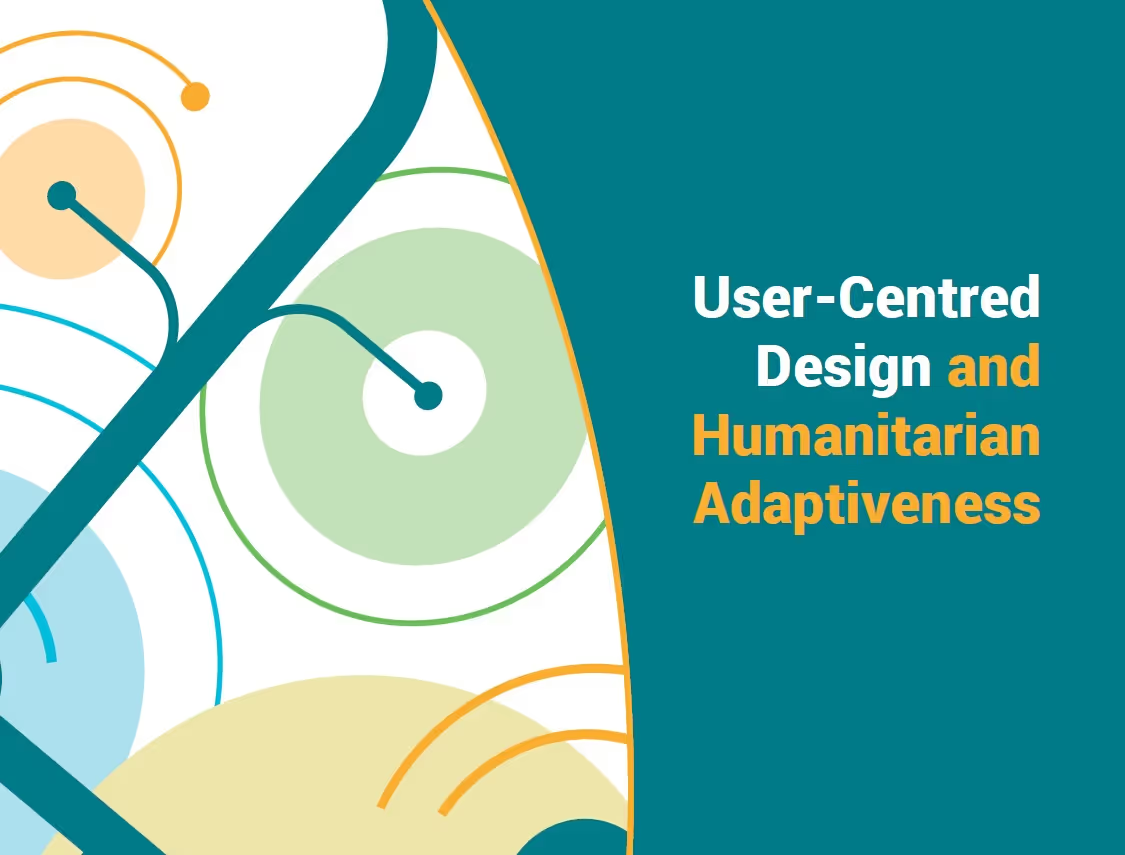User-Centred Design and Humanitarian Adaptiveness

In 2017-2018, research undertaken by the Active Learning Network for Accountability and Performance (ALNAP) set out to understand what factors support or inhibit adaptive humanitarian interventions. Overall, the research highlighted the need for humanitarian organisations to be more adaptive at operational, programmatic and, when necessary, strategic levels. This has implications not only for the internal structures and processes of humanitarian agencies but also for how they relate to each other and to crisis-affected populations.
To support its membership and the wider humanitarian community in becoming more adaptive, ALNAP is producing a set of case studies on different practices and ways of working that can facilitate different types of adaptiveness.
This study is the first in a series and focuses on user-centred design (UCD), an approach often used outside the humanitarian sector to design products and services that are tailored to the needs and preferences of end-users and are created with the users’ involvement in the design process.
This case study seeks to explore the utility, applicability and effectiveness of UCD in supporting humanitarian adaptiveness, and to understand whether UCD can enable humanitarian actors to be more adaptive, or whether these organisations need to have well-developed adaptive capabilities to be able to apply UCD in a way that facilitates different types of adaptiveness in their responses.
To develop this case study, ALNAP partnered with Elrha and have profiled project's funded by Humanitarian Innovation Fund's User-centred sanitation design through rapid community engagement WASH Innovation Challenge.
The diversity of projects and locations represented in the WASH Innovation Challenge allowed ALNAP to study the application of different forms of the UCD approach in different operational and organisational contexts.
Gathering and acting on feedback from affected communities is a key means to identify potential triggers for change during the design and implementation of humanitarian programmes.